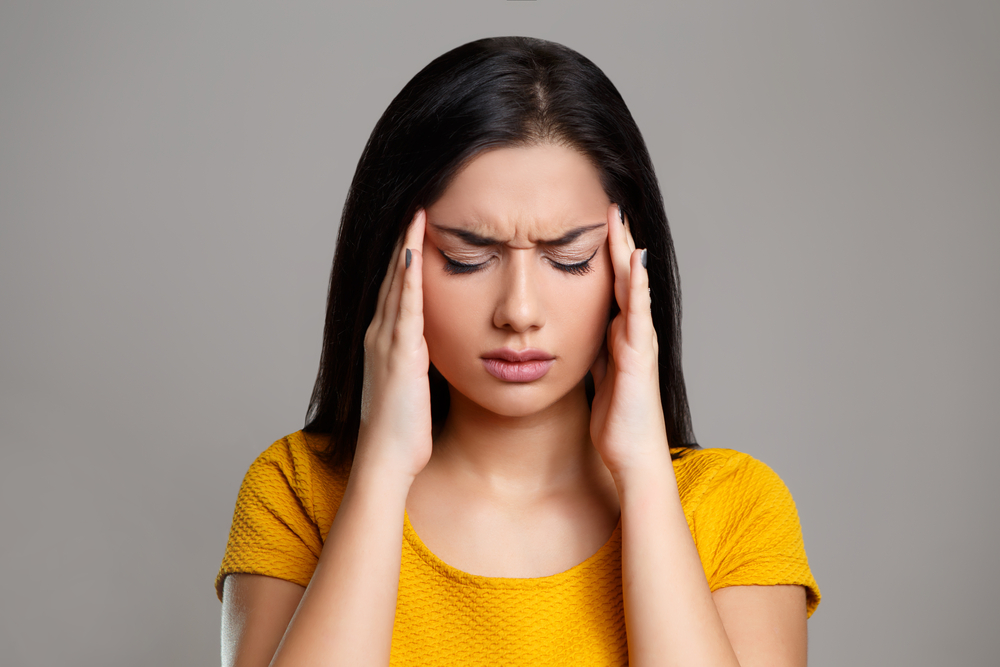Comprehensive Approaches to Managing and Reducing Migraine Pain
This comprehensive guide explores effective strategies to manage and alleviate migraine discomfort, including massage techniques, temperature therapy, environmental modifications, medication timing, and lifestyle adjustments. Implementing these methods can help reduce migraine severity and frequency, enhancing overall well-being. Tailoring a personalized approach with healthcare consultation is key to effective migraine management, ensuring individuals lead healthier, pain-free lives.

Comprehensive Approaches to Managing and Reducing Migraine Pain
Chronic migraines pose a significant challenge to many individuals, impacting daily activities, productivity, and overall quality of life. These severe headaches, often accompanied by symptoms such as nausea, vomiting, light sensitivity, and sound intolerance, can last for hours or even multiple days, making effective management essential. While medication can help in controlling symptoms, it doesn't always eliminate migraines entirely. Therefore, integrating various natural and lifestyle strategies can significantly improve comfort and reduce the frequency and severity of migraine episodes.
Implementing a multi-faceted approach involves understanding and utilizing effective techniques that have proven to help manage migraine discomfort naturally and efficiently. Here, we'll explore some of the most effective methods, including relaxation techniques, physical therapies, environmental adjustments, timely medication use, and dietary considerations, to help individuals cope better with migraines and minimize their impact on daily life.
Gentle Massage and Self-Relaxation Techniques
One of the simplest yet most effective methods for alleviating migraine pain is performing gentle massage, especially focusing on the neck, shoulders, and scalp base. This technique can help increase blood flow to the affected areas and promote relaxation of tense muscles, which often contribute to headache severity. Learning how to perform self-massage or seeking professional massage therapy can greatly reduce the intensity of pain. Techniques such as circular motions with fingertips over the temples, neck, and shoulders can help ease tension and provide quick relief during migraine episodes.
In addition to massage, incorporating regular stretching exercises, particularly targeting the neck, shoulders, and upper back, can help prevent muscle tightness that might trigger migraines in susceptible individuals. Maintaining good posture and avoiding prolonged periods of sitting or screen time also contribute to reducing muscle strain that can lead to headaches.
Temperature Therapy: Heat and Cold Applications
Using temperature therapy is another highly effective way to combat migraine pain. Alternating between heat and cold packs can provide significant relief. Applying a warm compress to the neck, shoulders, or forehead can relax muscles and improve blood circulation, thereby easing tension-related discomfort. Conversely, cold packs or ice wrapped in a cloth can numb the painful area, reducing inflammation and decreasing the perception of pain. The key is to experiment with temperature and duration to find what works best for your specific condition.
Creating a Restful Environment: Dark and Quiet Spaces
Light and sound sensitivity are hallmark symptoms of migraines. Exposure to bright lights and loud noises can exacerbate symptoms and prolong discomfort. Therefore, resting in a dark, quiet, and cool environment during a migraine attack can be highly beneficial. Using blackout curtains, earplugs, and calming background sounds or white noise can help create an environment conducive to recovery. Maintaining a consistent sleep schedule and ensuring adequate rest can also prevent the onset of migraines triggered by fatigue and disruption of circadian rhythms.
Timely and Proactive Medication Strategies
Medications are often prescribed to manage migraine symptoms, but their efficacy greatly depends on the timing of administration. It is advisable not to wait until pain becomes intense; instead, early intervention—once prodromal symptoms such as mood changes, fatigue, and light sensitivity appear—can prevent the headache from escalating. Over-the-counter pain relievers like ibuprofen or acetaminophen may be effective if taken at the first signs of an attack. For frequent or severe migraines, consulting a healthcare professional for prescription medications or preventive therapies is essential. Developing a medication plan tailored to your specific needs can significantly reduce migraine frequency and severity.
Moderate Caffeine Consumption
Moderate intake of caffeine can sometimes provide quick relief during migraine episodes, as it has vasoconstrictive properties, which help narrow blood vessels and alleviate pain. Many over-the-counter migraine medications contain caffeine for this reason. A small cup of coffee or tea during an attack can be effective, but it's crucial to monitor caffeine intake carefully. Excessive caffeine consumption can lead to rebound headaches or worsen symptoms, especially in individuals who are sensitive to caffeine or prone to dependency. Establishing a balanced approach to caffeine consumption as part of your migraine management plan is essential for avoiding negative effects.
Additional Lifestyle and Dietary Considerations
Beyond these primary strategies, paying attention to lifestyle factors such as hydration, diet, stress management, and exercise can help reduce migraine occurrence. Staying well-hydrated throughout the day prevents dehydration—a common migraine trigger. Identifying and avoiding specific dietary triggers such as processed foods, alcohol, caffeine excess, and certain preservatives can also help manage frequency. Incorporating stress reduction techniques like mindfulness meditation, yoga, or deep-breathing exercises enhances mental resilience and reduces the overall likelihood of migraine episodes. Regular physical activity, when done in moderation, promotes overall health and can decrease stress, tension, and migraine propensity.
Ultimately, managing migraines often requires a combination of strategies tailored to individual needs. Working closely with healthcare providers to develop a comprehensive management plan—including lifestyle modifications, medication options, and natural remedies—can lead to significant improvements in quality of life. Recognizing early signs of migraine onset and employing preventive measures can minimize disruptions and help maintain daily routines effectively.





